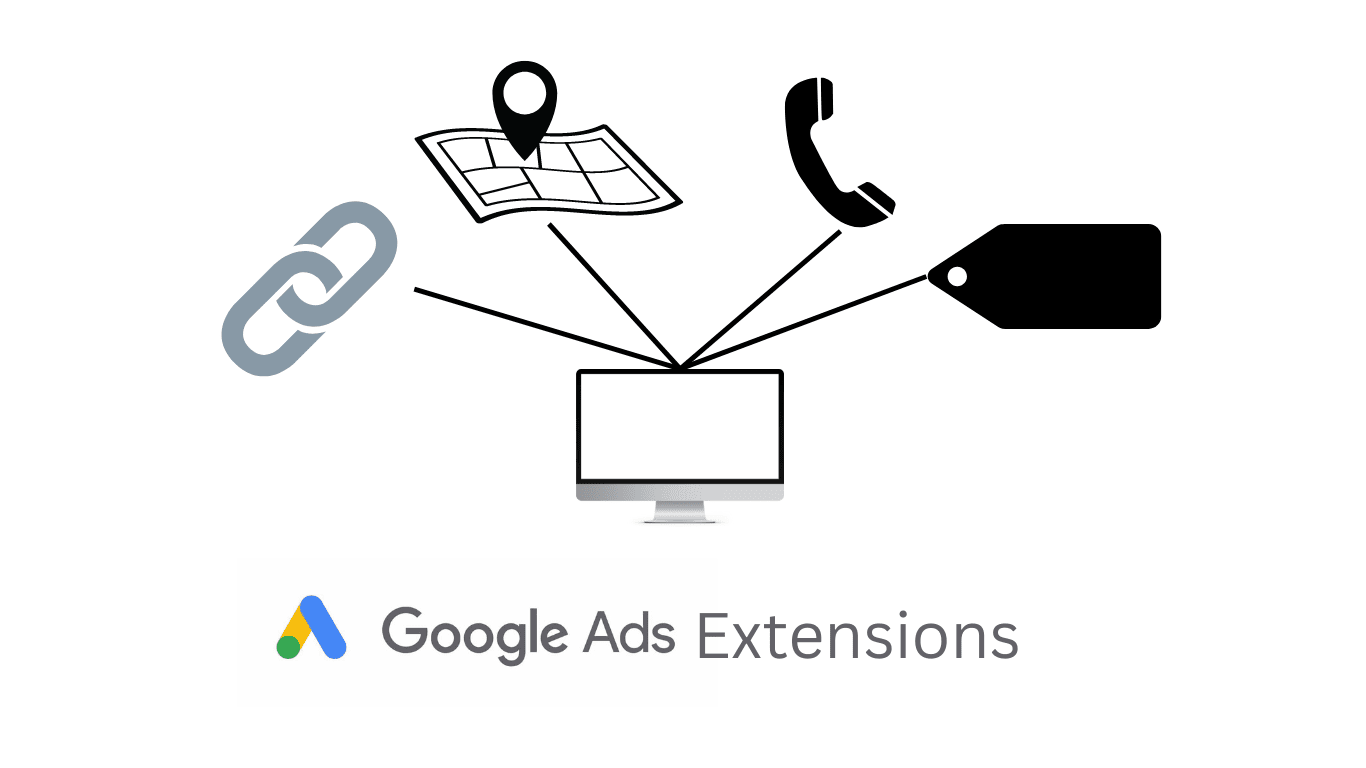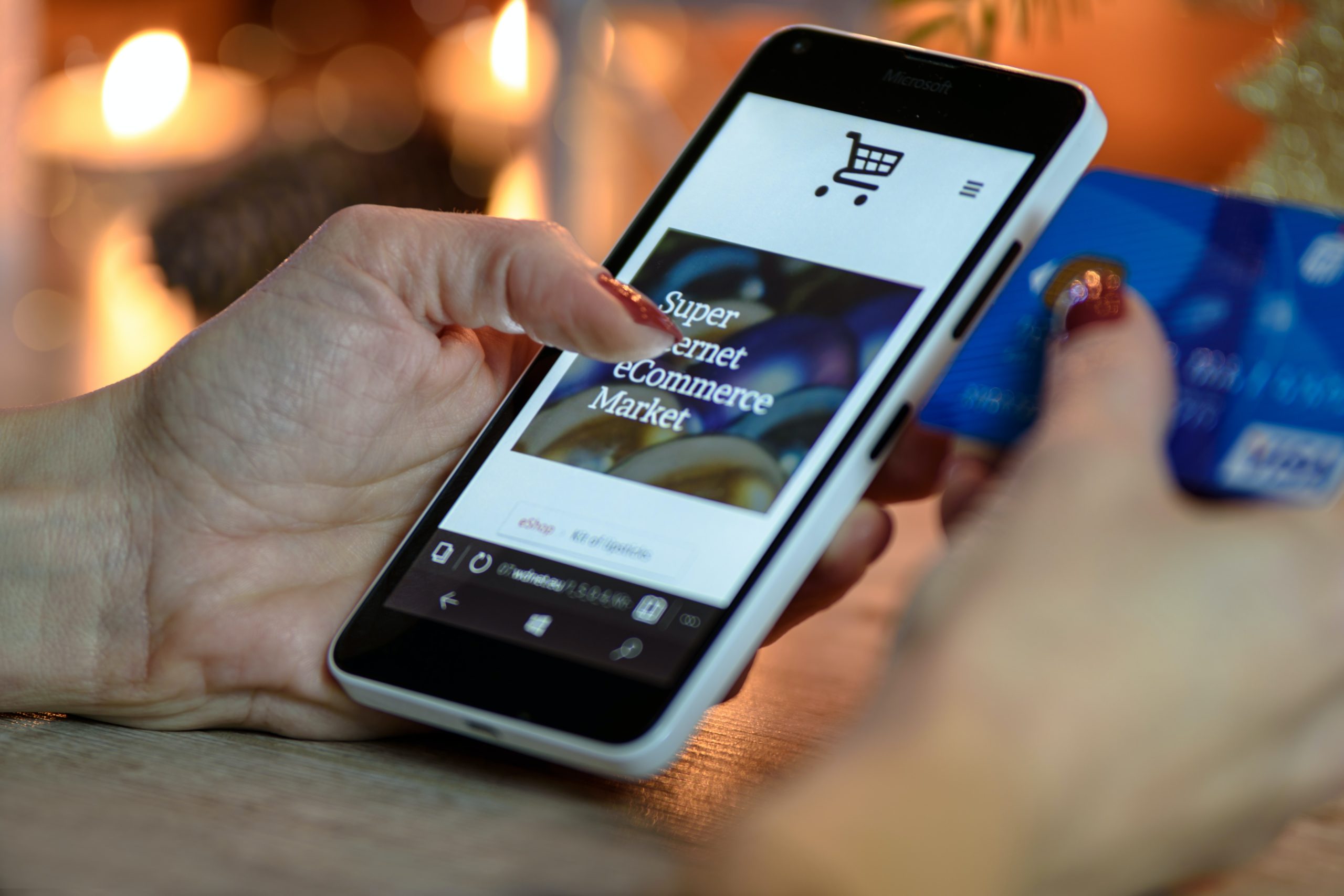Having a general website for your company is great, it allows you to present your business and what you offer. Most websites will have anywhere from three to tens or even hundreds of pages. The ability to show all of your products or services in one area, great right? Well not necessarily.
Have you heard of “The Paradox of Choice”? It’s a book by psychologist Barry Schwartz talking about how more choices make it harder for the consumer to make a decision. Have you ever tried picking something on Netflix and just couldn’t? This is why.
This concept is why landing pages are so effective. Rather than driving traffic to your home page where they have the choice to go to any one of your pages you drive them to a landing page. Where there is only one key outcome – conversion. For a landing page to successfully convert customers, it can be challenging, however, I will provide some expert guidance in this post covering the crucial elements your landing page needs.
What makes a good landing page?
The main metrics that define whether a landing page is good or not are a high conversion rate and a low cost per sale. Before you start designing anything there are 5 factors you need to understand and consider when creating your landing page.
Your brand
Your brand is more than just what colors, fonts, and logos you have. It is also the voice, image, and promise you want your customers to associate with your company. Your landing page should be a natural extension of your customer experience.
Target Audience
Who do you want on your page? Your landing page needs to cater to this group of people and only this group of people. Everything from your message to your layout needs to make the customer feel understood by targeting their pain points and desires.
Message
Your landing page needs to clearly convey what you’re promoting, why you are and the main ideas you want your audience to remember.
Placement
Where will you promote the landing page? If on social media then your landing page needs to be designed for mobile first. If on Google spaces then design it for computers but keep mobile in mind and make sure your design is reactive.
Offer
Last but not least, it’s your offer. What are you going to deliver? How fast? And why should they take your offer? Your landing page needs to clearly articulate all these points. Whether they’re buying a product, downloading a file from a lead magnet, or signing up for a trial your landing page needs to clearly state what people should expect to get.
What questions should a landing page answer?
I mentioned above that your target audience needs to feel understood. For the user to feel understood you need to answer their pain points. So what questions should you answer to do this?
- What is the offer?
- Who is it for?
- How can you access it?
- Why they should care (Unique selling point (USP))
A question to ask yourself when designing your page is – what does the user have to lose by not converting? Incorporating the fear of missing out can be a very powerful sales tactic.
If your business needs a new landing page feel free to schedule a consultation below.



